Redeemed at Countless Cost
The Recovery of Iconographic Theology and Religious Experience from 1850 to 2000
Summary
Excerpt
Table Of Contents
- Cover
- Title
- Copyright
- About the author
- About the book
- This eBook can be cited
- Contents
- Illustrations
- Acknowledgements
- Chapter 1. Introduction: Ways and Means
- Chapter 2. Rosie the Riveter, Norman Rockwell, and Religious Iconography
- Chapter 3. Richard Hooker and Jeremy Taylor: Iconographic Theology Exemplified
- Chapter 4. The Imaginative Quality of Experience: Resources for an Iconographic Theology
- Chapter 5. The Recovery of a Religious Vision in Nineteenth-Century Russian Art
- Chapter 6. The Iconographic Dimension of British Popular Culture Fin-de-Siecle: Plays and Painting
- Chapter 7. The Religious Experience in Russian Literature
- Index
Stewart A. Dippel
Redeemed at Countless Cost
The Recovery of Iconographic Theology
and Religious Experience
from 1850 to 2000

PETER LANG
New York • Bern • Frankfurt • Berlin
Brussels • Vienna • Oxford • Warsaw
Library of Congress Cataloging-in-Publication Data
Names: Dippel, Stewart A., author.
Title: Redeemed at countless cost: the recovery of iconographic theology
and religious experience from 1850 to 2000 / Stewart A. Dippel.
Description: New York: Peter Lang Publishing, 2017.
Series: American university studies. Series VII,
Theology and religion; vol. 360 | ISSN 0740-0446
Includes bibliographical references and index.
Identifiers: LCCN 2017011845 | ISBN 978-1-4331-3888-1 (hardcover: alk. paper)
ISBN 978-1-4331-4383-0 (ebook pdf) | ISBN 978-1-4331-4384-7 (epub)
ISBN 978-1-4331-4385-4 (mobi)
Subjects: LCSH: Christianity and the arts. | Icons. | Christian art and symbolism.
Theology. | Great Britain—Church history—19th century.
Great Britain—Church history—20th century.
Classification: LCC BR115.A8 D57 2017 | DDC 246/.4—dc23
LC record available at https://lccn.loc.gov/2017011845
DOI 10.3726/b11445
Bibliographic information published by Die Deutsche Nationalbibliothek.
Die Deutsche Nationalbibliothek lists this publication in the “Deutsche
Nationalbibliografie”; detailed bibliographic data are available
on the Internet at http://dnb.d-nb.de/.
© 2017 Peter Lang Publishing, Inc., New York
29 Broadway, 18th floor, New York, NY 10006
www.peterlang.com
All rights reserved.
Reprint or reproduction, even partially, in all forms such as microfilm,
xerography, microfiche, microcard, and offset strictly prohibited.
About the author
Stewart Dippel holds a Ph.D. from Ohio State University. For the last twenty-five years he has taught history and political science at the University of the Ozarks in Clarksville, Arkansas. His published dissertation and three subsequent books are on seventeenth-century religious history.
The Rev. Jeffrey Champlin is an ordained priest of the Episcopal Church. He has served congregations in Connecticut, Kansas, and Arkansas. He is a graduate of Wesleyan University (1978) and Yale Divinity School (1983). For the last four years, he has served as an instructor in the Iona Project, a church-wide program to provide through Dioceses academic and pastoral formation for locally-prepared candidates for ordination.
About the book
This book traces a recovery of iconographic religious experience and theology in the nineteenth century. In contrast to a logocentric religious focus, which privileges texts and their analysis, an iconographic focus emphasizes the visual and narrative attributes of religion. The introduction sets the stage by discussing the profound disquietude in the wake of Britain’s Religious Census of 1851, along with the various responses to a perceived decline in religiosity. Two subsequent chapters deal with the resurgence of iconographic religion from the perspective of theology proper, arguing that contemporary theologians, such as those represented by the Yale School of Divinity, held to a more holistic as opposed to a fragmentary approach towards scripture. In doing so they came to center the scriptural stories on the events surrounding Christ’s passion. The remaining chapters trace the recovery of iconographic religion through American, Russian, and British culture throughout the nineteenth century. Ultimately, this book argues for a revision on the standard ‘read’ regarding these artists and writers which holds that they were predominantly secular in orientation.
This eBook can be cited
This edition of the eBook can be cited. To enable this we have marked the start and end of a page. In cases where a word straddles a page break, the marker is placed inside the word at exactly the same position as in the physical book. This means that occasionally a word might be bifurcated by this marker.
contents
Chapter 1. Introduction: Ways and Means
Chapter 2. Rosie the Riveter, Norman Rockwell, and Religious Iconography
Chapter 3. Richard Hooker and Jeremy Taylor: Iconographic Theology Exemplified
Chapter 4. The Imaginative Quality of Experience: Resources for an Iconographic Theology
Chapter 5. The Recovery of a Religious Vision in Nineteenth-Century Russian Art
Chapter 6. The Iconographic Dimension of British Popular Culture Fin-de-Siecle: Plays and Painting
Chapter 7. The Religious Experience in Russian Literature
Index←ix | x→ ←x | xi→
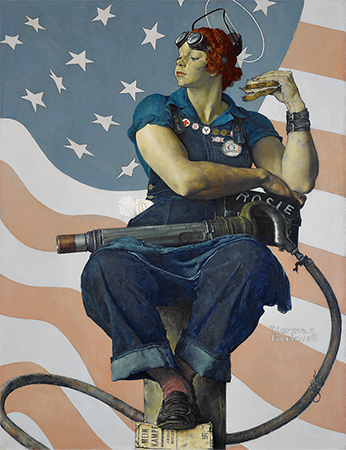
Figure 1. Norman Rockwell “Rosie the Riveter” 1943. Crystal Bridges Museum of American Art, Bentonville, Arkansas, 2007.178. Photography by Dwight Primiano.←xiii | xiv→
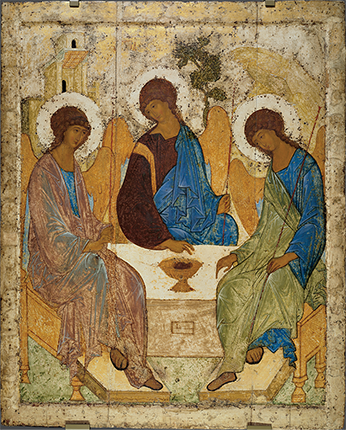
Figure 2. Andrei Rublev “The Old Testament Trinity” 1422–27. By the kind permission of the owner, The State Tretyakov Gallery, Moscow.←xiv | xv→
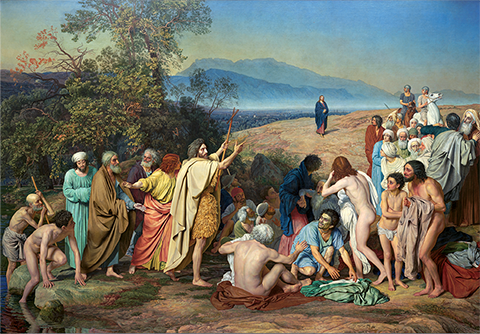
Figure 3. Alexander Ivanov “The Appearance of Christ to the People” 1837–57. By the kind permission of the owner, The State Tretyakov Gallery, Moscow.←xv | xvi→
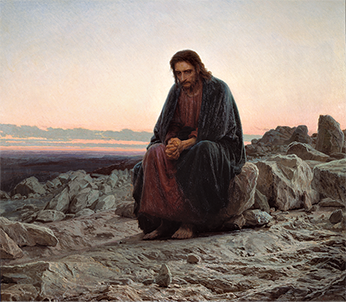
Figure 4. Ivan Kramskoy “Christ in the Wilderness” 1872–74. By the kind permission of the owner, The State Tretyakov Gallery, Moscow.←xvi | xvii→
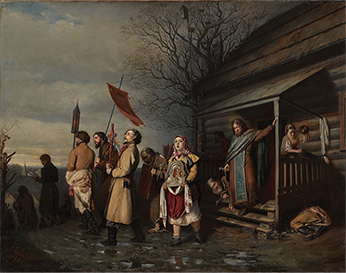
Figure 5. Vasily Perov “Christ Procession in a Kurskaya Village” {The Easter Procession} 1861. By the kind permission of the owner, The State Tretyakov Gallery, Moscow.←xvii | xviii→
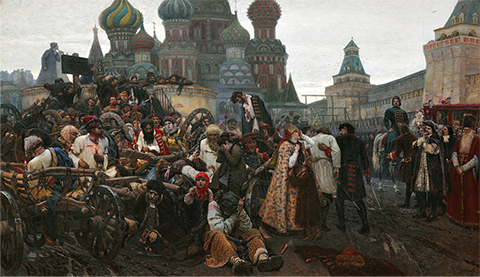
Figure 6. Vasily Surikov “The Morning of the Execution of the Streltsy” 1881. By the kind permission of the owner, The State Tretyakov Gallery, Moscow.←xviii | xix→
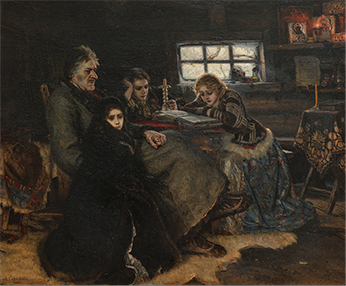
Figure 7. Vasily Surikov “Menshikov in Beryozov” {Menshikov in Exile} 1884. By the kind permission of the owner, The State Tretyakov Gallery, Moscow.←xix | xx→
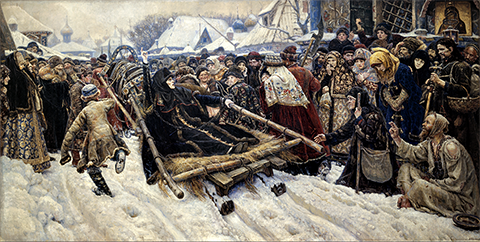
Figure 8. Vasily Surikov “The Boyarynia Movozova” 1887. By the kind permission of the owner, The State Tretyakov Gallery, Moscow.←xx | xxi→
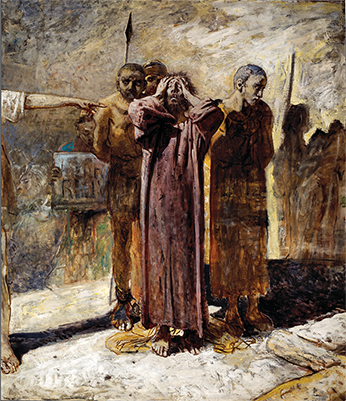
Figure 9. Nikolay Ge {Gay} “Golgotha” 1892. By the kind permission of the owner, The State Tretyakov Gallery, Moscow.←xxi | xxii→
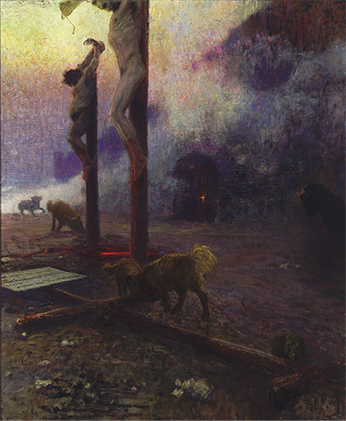
Figure 10. Ilya Repin “Golgotha” 1921–22. By the kind permission of the Princeton University Art Museum.←xxii | xxiii→
Stewart Dippel
Details
- Pages
- XXVI, 214
- ISBN (Hardcover)
- 9781433138881
- ISBN (PDF)
- 9781433143830
- ISBN (ePUB)
- 9781433143847
- ISBN (MOBI)
- 9781433143854
- DOI
- 10.3726/b11445
- Language
- English
- Publication date
- 2017 (June)
- Published
- New York, Bern, Berlin, Bruxelles, Frankfurt am Main, Oxford, Wien, 2017. XXVI, 214 pp.
- Product Safety
- Peter Lang Group AG

